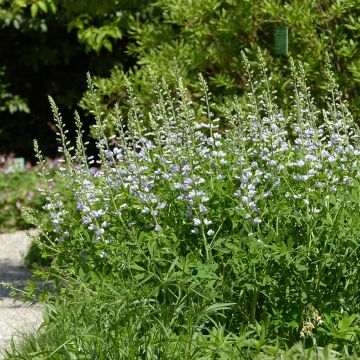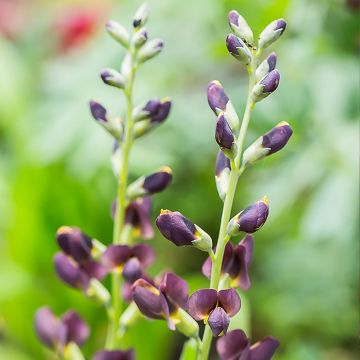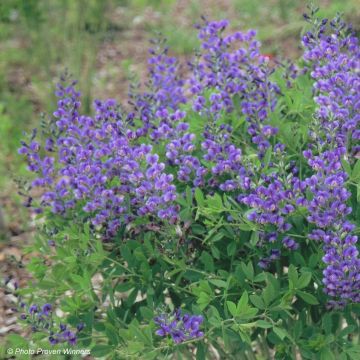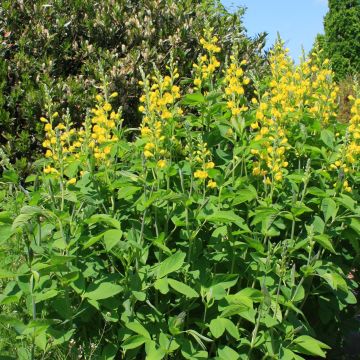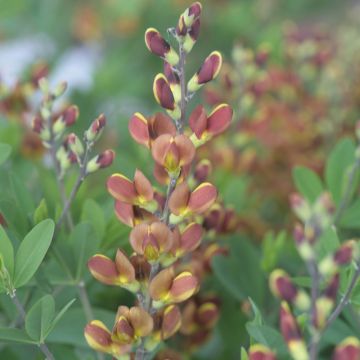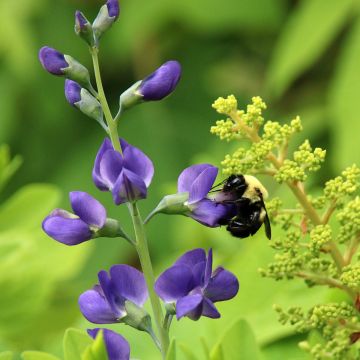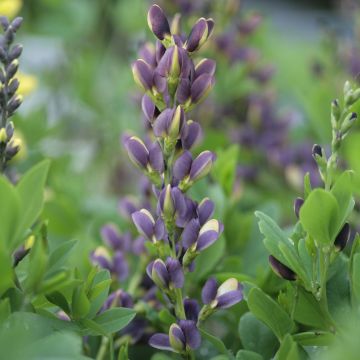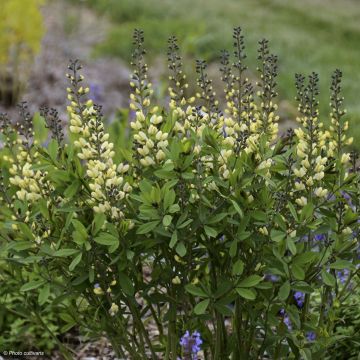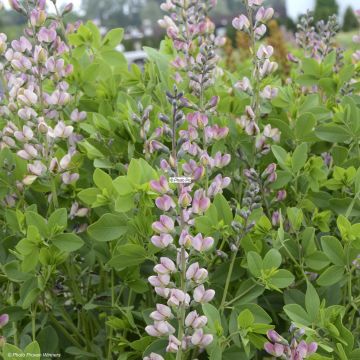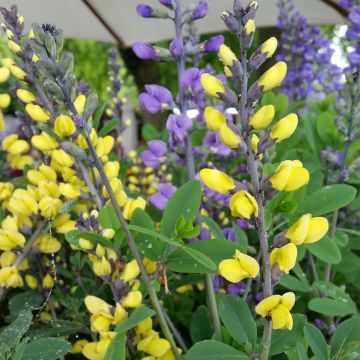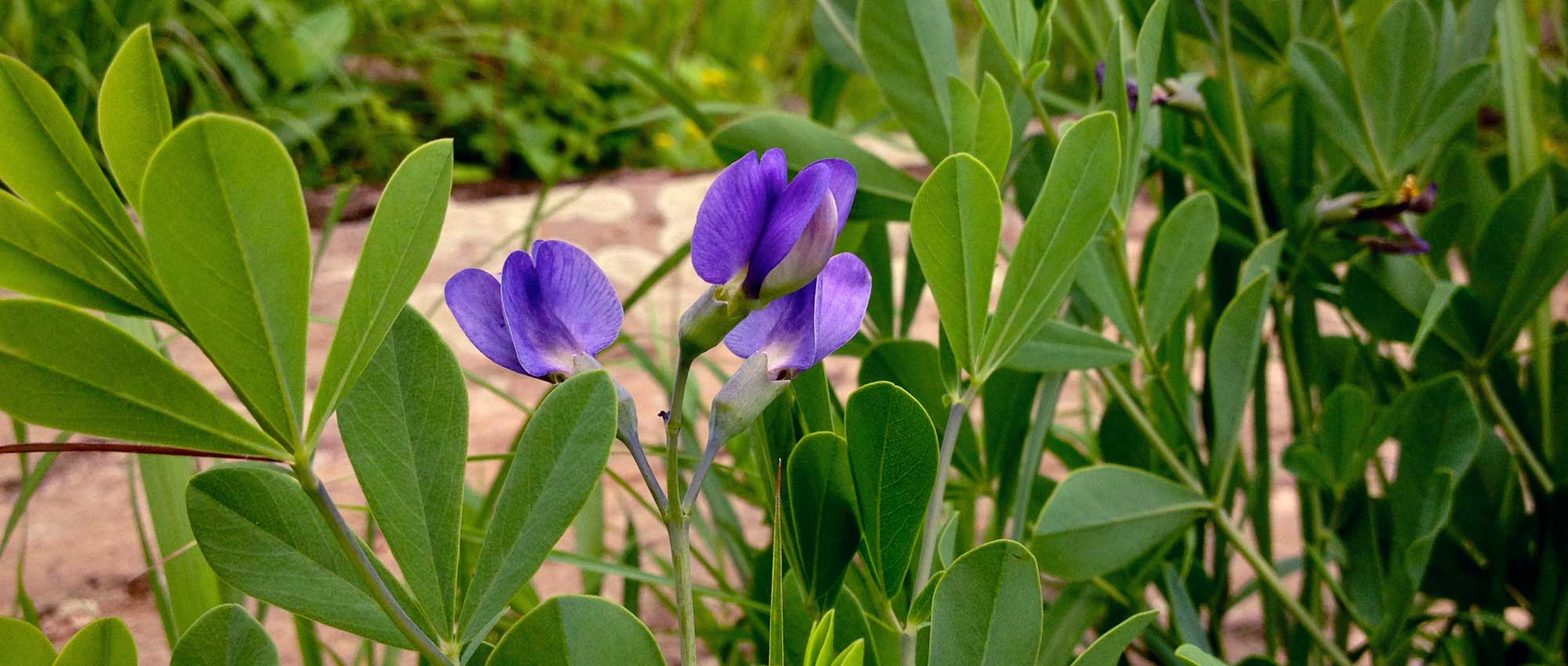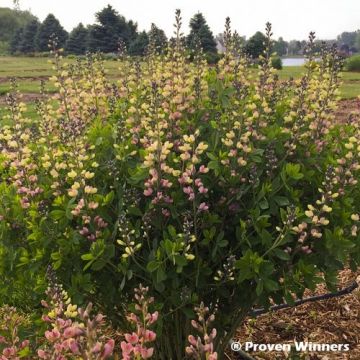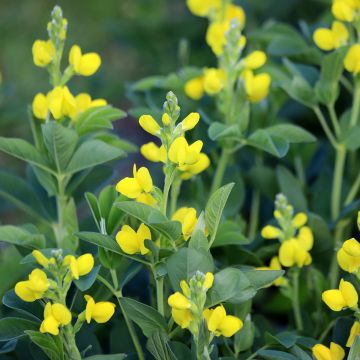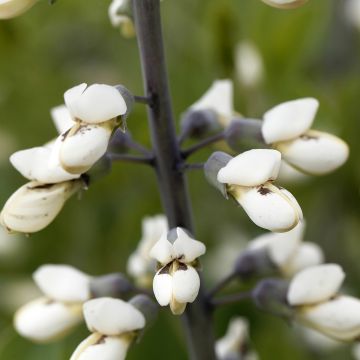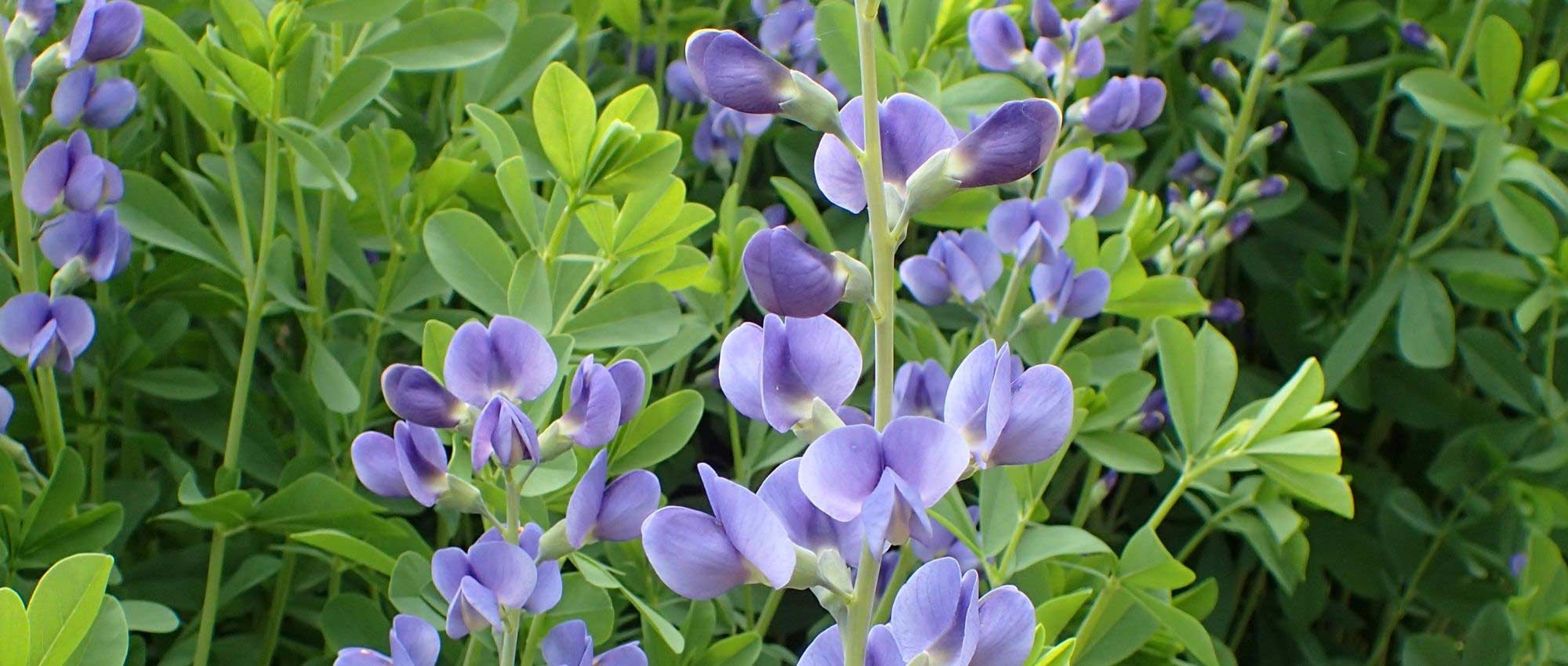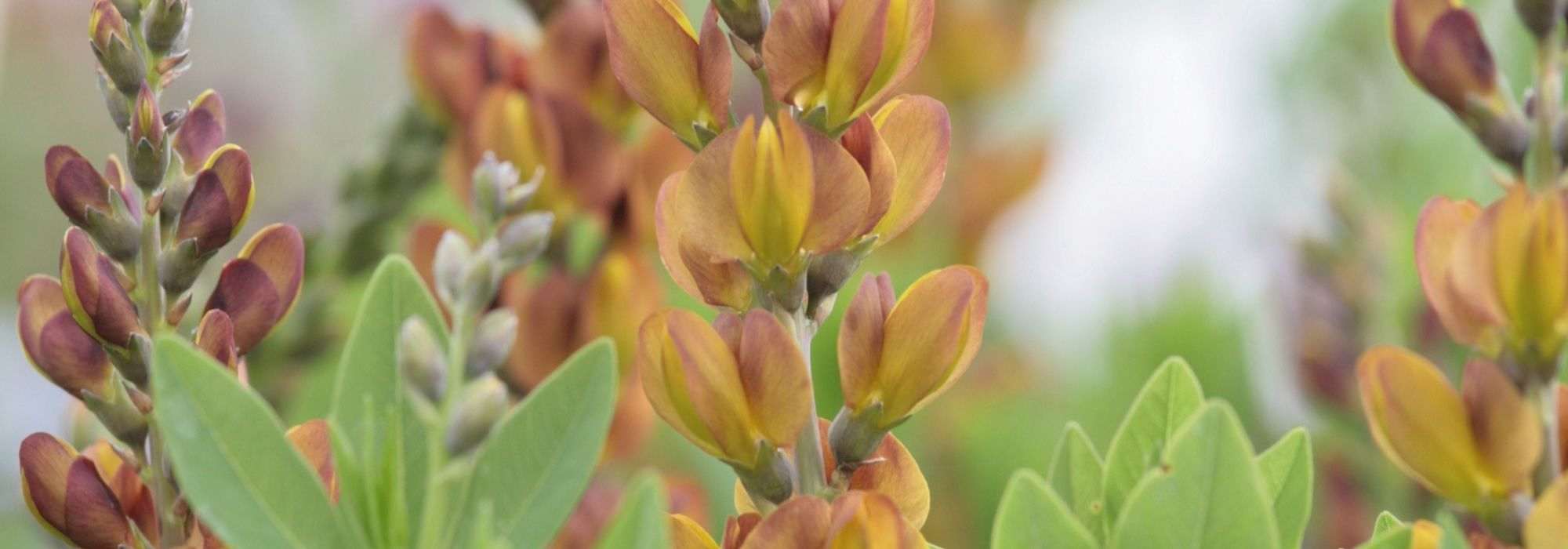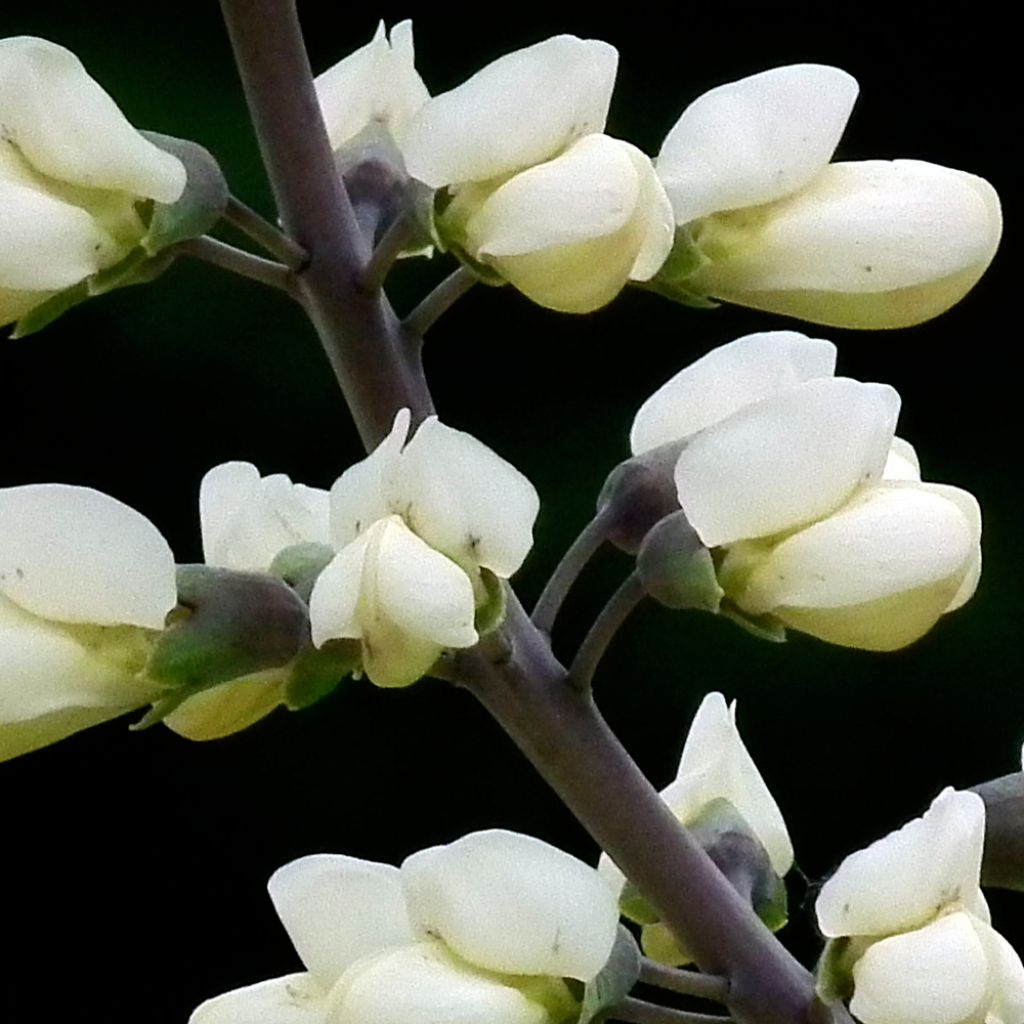

Baptisia alba var. macrophylla - White False Indigo
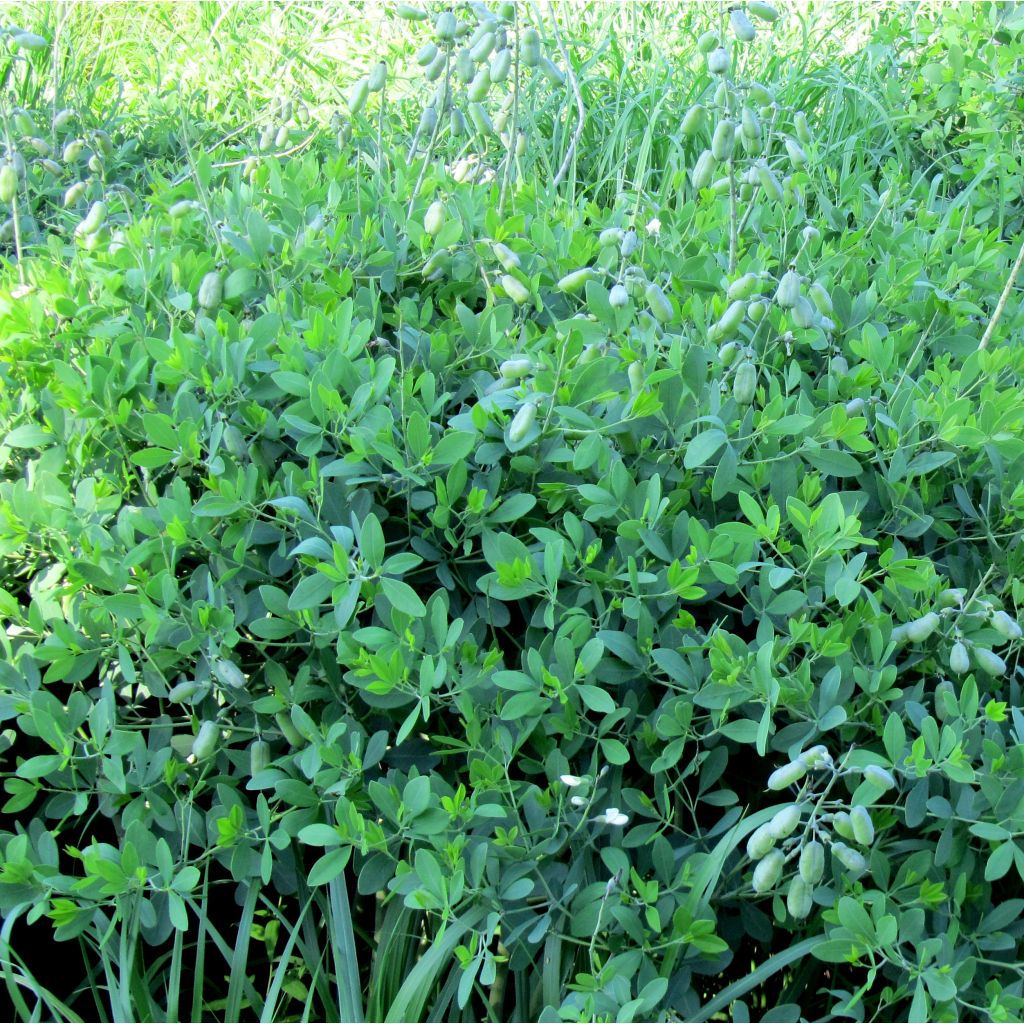

Baptisia alba var. macrophylla - White False Indigo
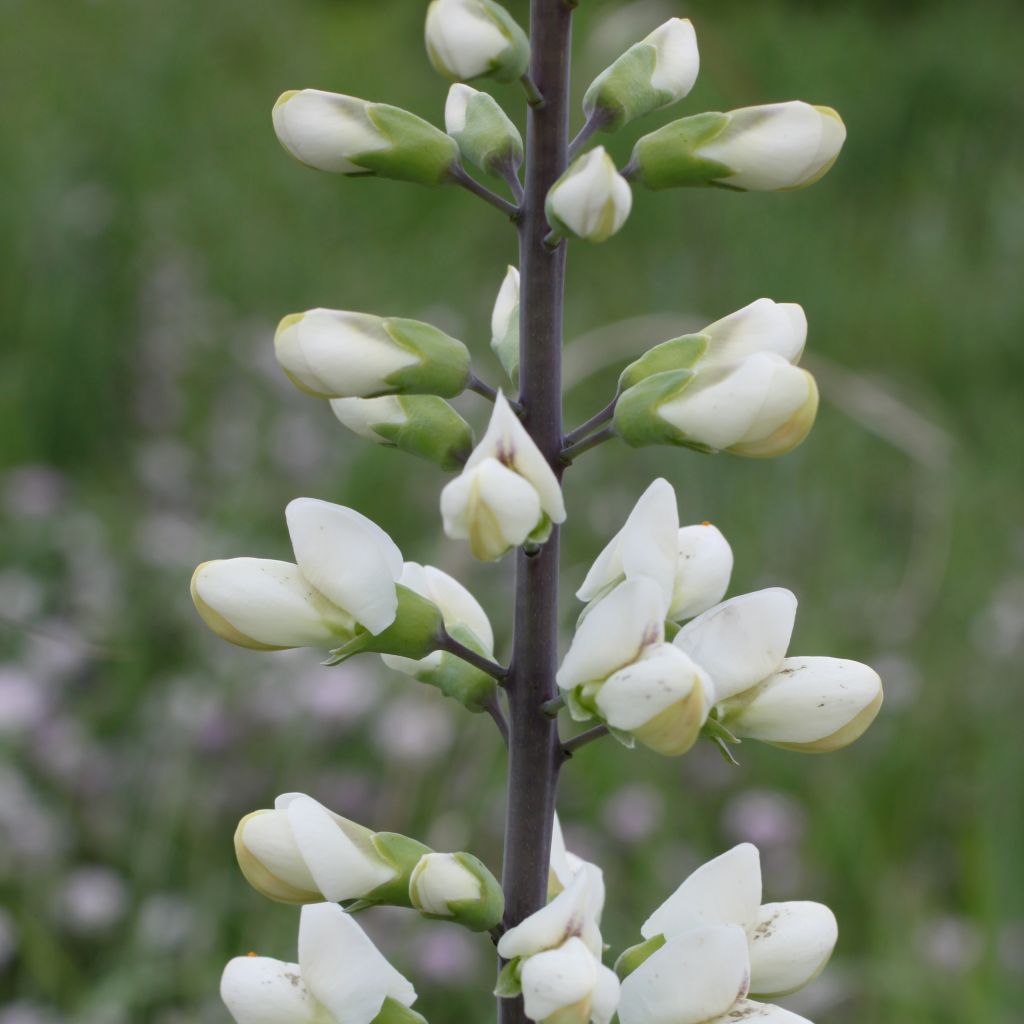

Baptisia alba var. macrophylla - White False Indigo
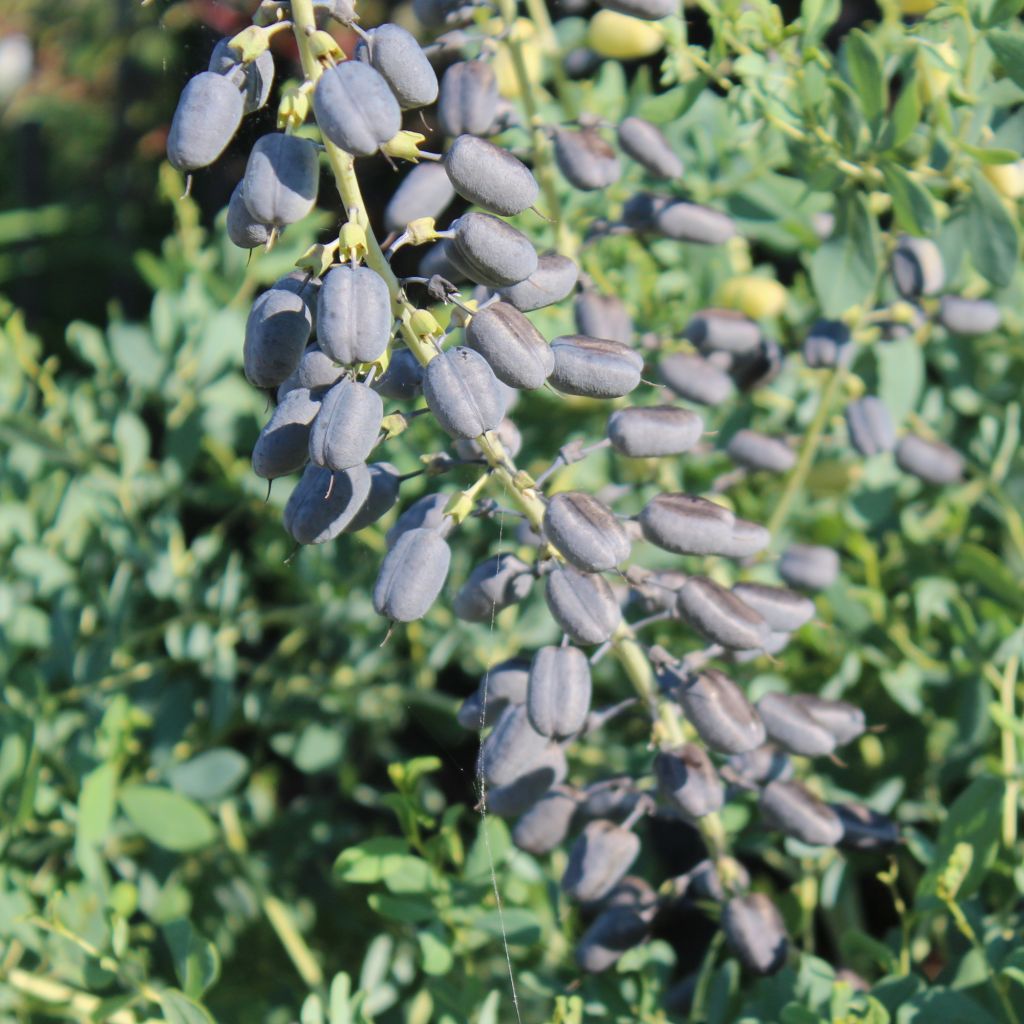

Baptisia alba var. macrophylla - White False Indigo
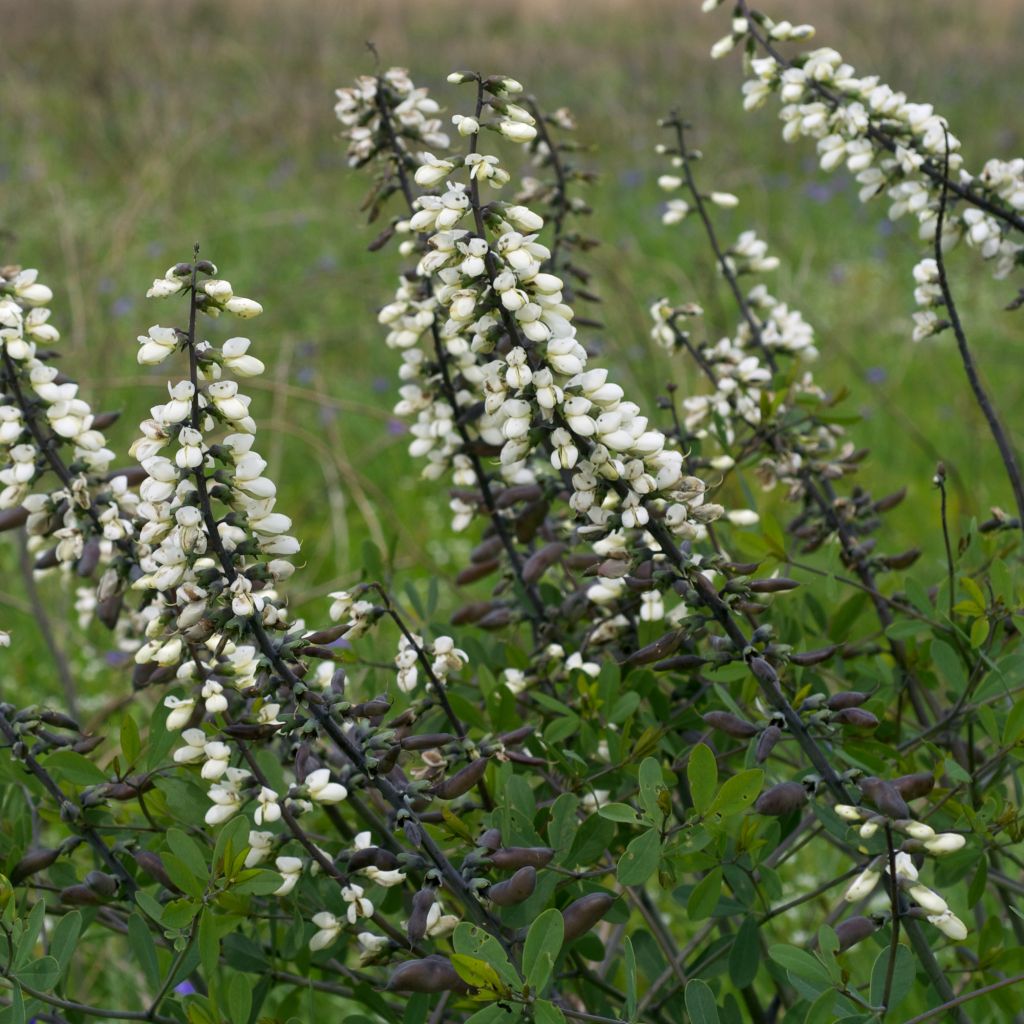

Baptisia alba var. macrophylla - White False Indigo
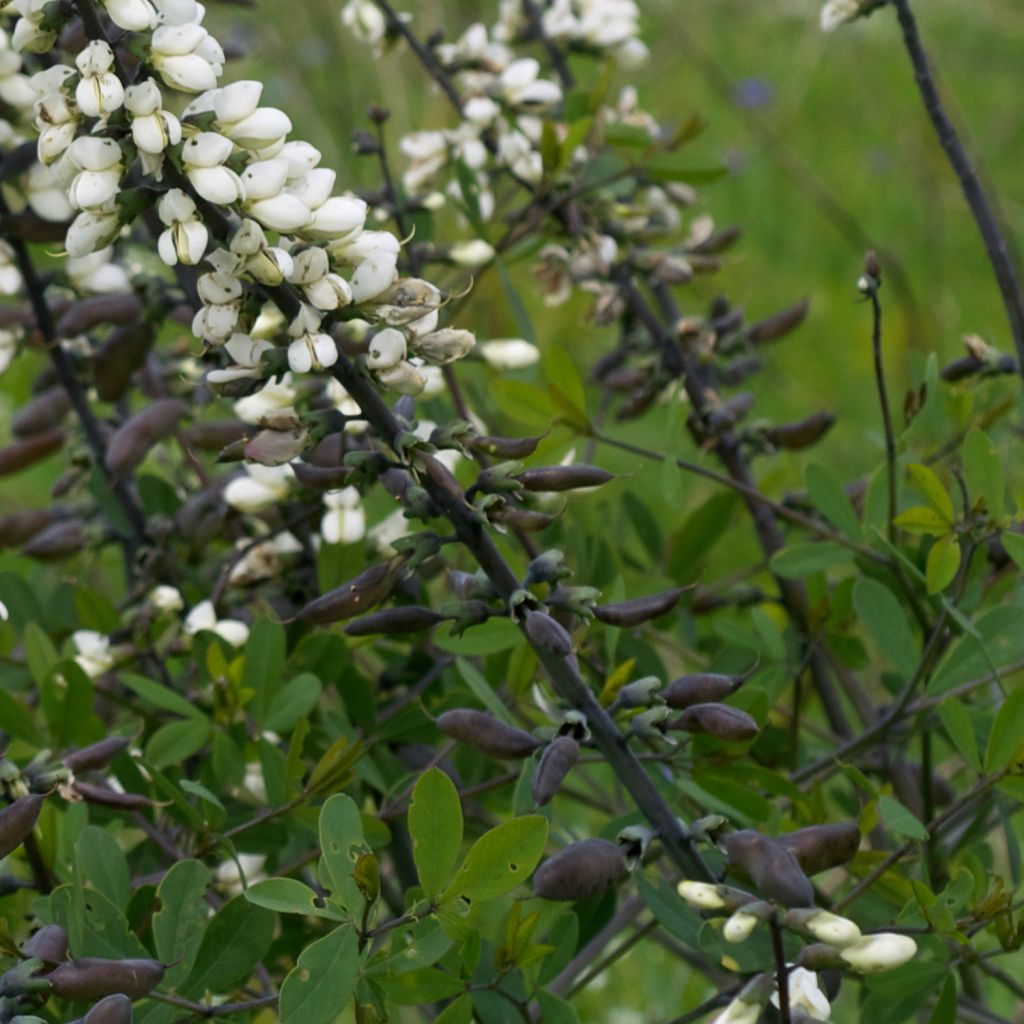

Baptisia alba var. macrophylla - White False Indigo
Baptisia alba var. macrophylla - White False Indigo
Baptisia alba var macrophylla
White Wild Indigo, White False Indigo
Special offer!
Receive a €20 voucher for any order over €90 (excluding delivery costs, credit notes, and plastic-free options)!
1- Add your favorite plants to your cart.
2- Once you have reached €90, confirm your order (you can even choose the delivery date!).
3- As soon as your order is shipped, you will receive an email containing your voucher code, valid for 3 months (90 days).
Your voucher is unique and can only be used once, for any order with a minimum value of €20, excluding delivery costs.
Can be combined with other current offers, non-divisible and non-refundable.
Why not try an alternative variety in stock?
View all →This plant carries a 12 months recovery warranty
More information
We guarantee the quality of our plants for a full growing cycle, and will replace at our expense any plant that fails to recover under normal climatic and planting conditions.
Does this plant fit my garden?
Set up your Plantfit profile →
Description
Baptisia alba var. macrophylla (synonyms B. leucantha, B. lactea) is a particularly elegant white false lupin. Taller than other Baptisias, this form has even more elegant foliage, resembling large light silver-green clover leaves. In late spring, its slender flowering spikes appear, elegant, with dark stems that create a beautiful contrast with the small white pea-like flowers. Its robust stump takes a little time to establish, but the plant becomes extremely sturdy afterwards. In the garden, place it in a large flower bed or with small shrubs.
Baptisia alba var. macrophylla belongs to the legume family. This large-leaved form of white Baptisia is native to Missouri. It grows spontaneously in meadows, light woods, clearings, disturbed areas, and along river banks throughout the state of Missouri. Anchored by a strong stump, this perennial shrub generally reaches 1.50m (5ft) in height and 90cm (35in) to 1m (3ft) in width. Its growth is very slow at first, as the root system needs to establish itself before vegetation takes off. It is not uncommon for only one to three shoots to emerge from the ground, late in spring, during the first 2-3 years of cultivation. The foliage consists of leaves divided into 3 ovate leaflets, each measuring up to 7.5cm (3in) long. Light green in colour, they are covered with a fine hairiness that gives them a bluish and silvery hue. The deciduous foliage is absent in winter. Flowering occurs between late May and early July in our climate. It takes the form of tall inflorescences that extend well beyond the foliage. The sturdy flower stalks bear floral spikes that reach 30cm (12in) in length. The white flowers, resembling lupins but smaller, are loosely arranged on the spike. The flowers give way to swollen pods measuring 4cm (2in) long. They become very dark brown when ripe and are quite decorative in dried bouquets. The white false indigo attracts and hosts numerous insects: bumblebees are attracted to the flowers, and they are the main pollinators of this plant. The foliage shelters the caterpillars of certain butterflies. Like all legumes, this Baptisia helps enrich the soil it grows in. It is able to develop and flower abundantly in poor soils. Excessively fertile soil will favor the production of shoots and foliage at the expense of flowering.
Baptisias are close relatives of lupins, which are much better known and used in Europe. But they are more perennial, much less demanding in terms of humidity, and have a much less stiff, infinitely more natural appearance. A true all-terrain plant, the white false indigo will find its place in a country garden, a garden without irrigation, or in natural areas. It is also useful for decorating a degraded plot of land, which often surrounds a recently built house. Its bare stems laden with fruits form an interesting persistent structure in winter. It looks superb alongside other Baptisias of different colours, Indigofera gerardiana, grasses (Panicum). It also pairs well with purple toadflax or hybrid mulleins.
The vernacular name 'False Indigo' comes from the use that some Native American peoples made of these dye plants. Indeed, they provide colouring pigments comparable to those of true indigos (of the genus Indigofera), but of lesser quality.
Baptisia alba var. macrophylla - White False Indigo in pictures
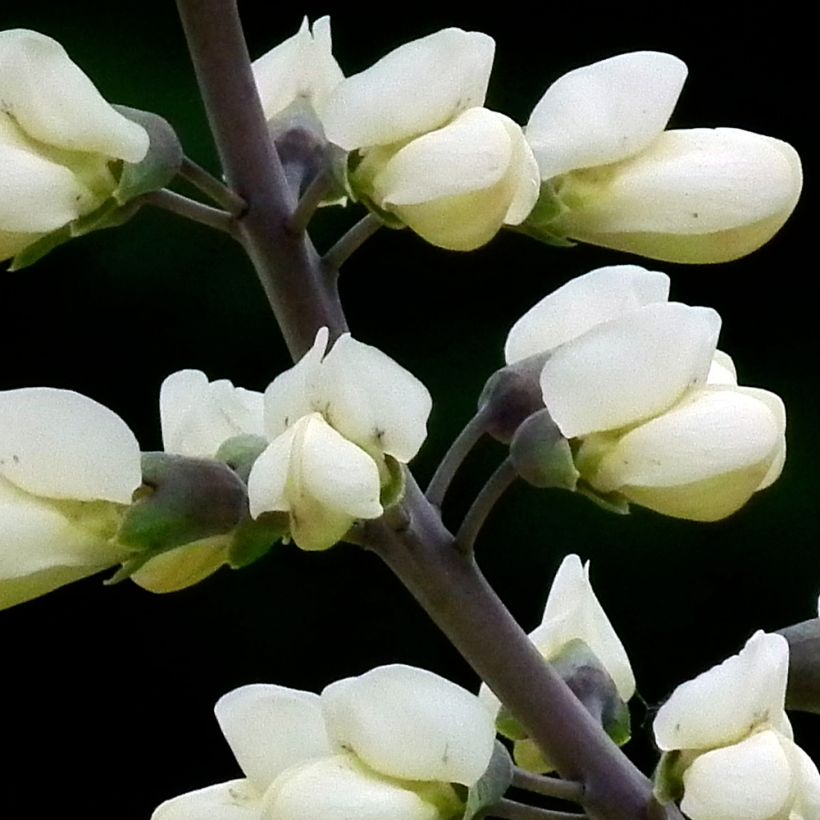

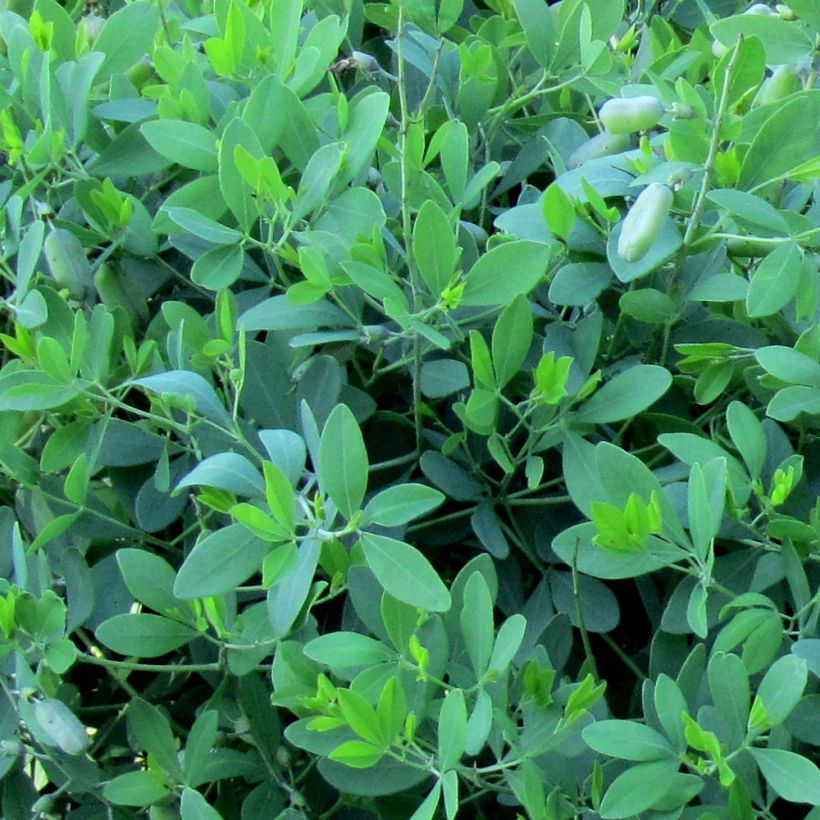

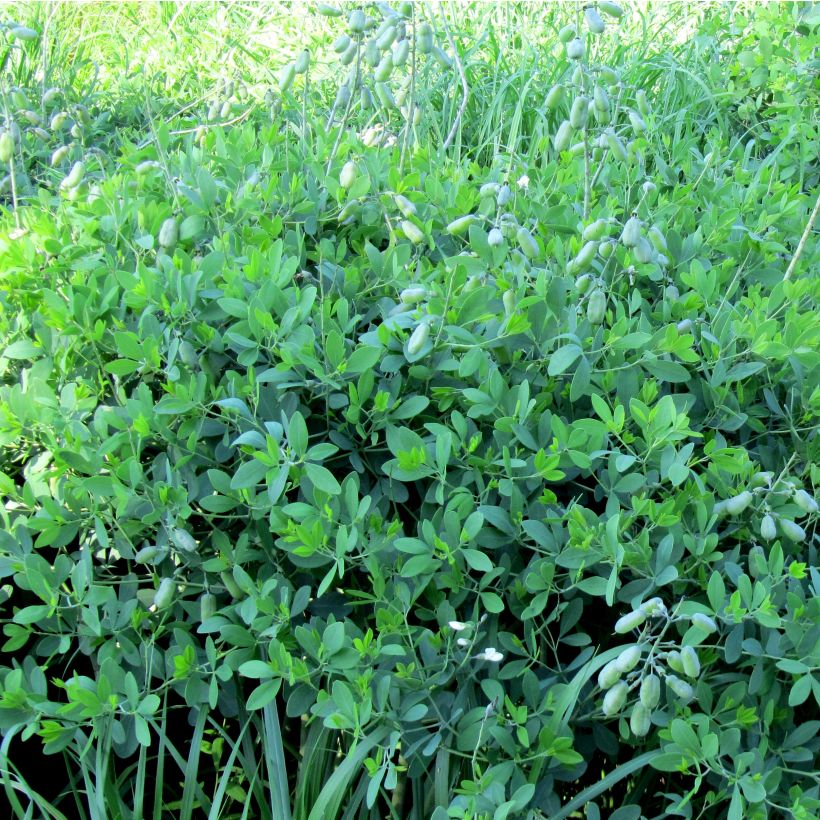

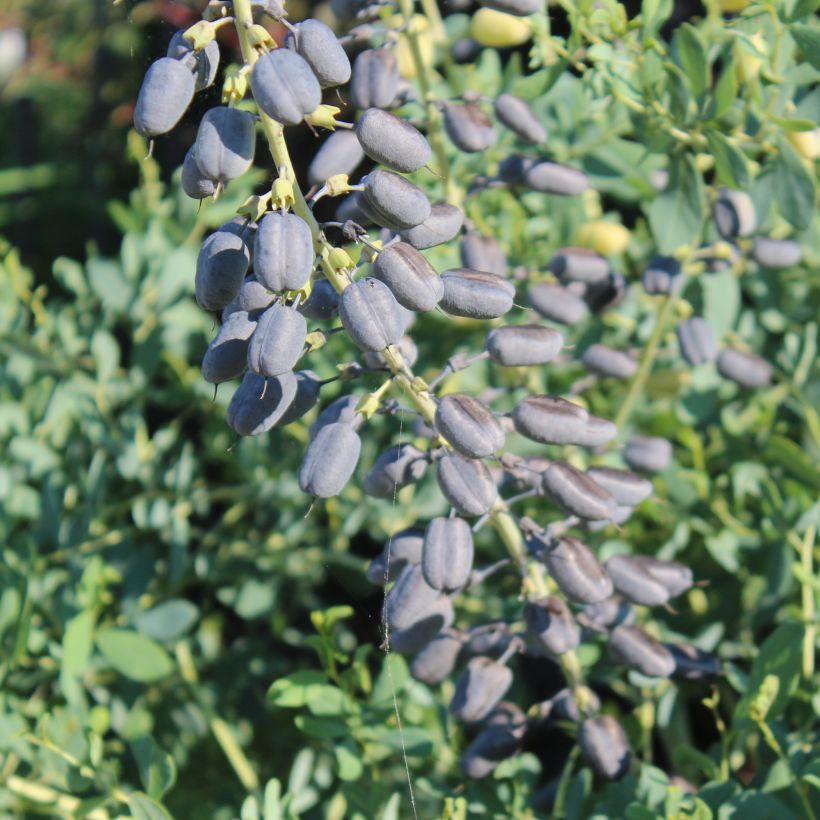

Flowering
Foliage
Plant habit
Safety measures
Botanical data
Baptisia
alba
var macrophylla
Fabaceae
White Wild Indigo, White False Indigo
North America
ingestion
Cette plante est toxique si elle est ingérée volontairement ou involontairement.
Ne la plantez pas là où de jeunes enfants peuvent évoluer, et lavez-vous les mains après l'avoir manipulée.
Pensez à conserver l'étiquette de la plante, à la photographier ou à noter son nom, afin de faciliter le travail des professionnels de santé.
Davantage d'informations sur https://plantes-risque.info
Other Baptisia
View all →Planting and care
The cultivation of Baptisia alba var. macrophylla requires a bit of skill to succeed smoothly:
Not very tolerant of calcareous soils, this tall perennial appreciates light and well-draining soils, but tolerates summer drought once it is well rooted.
In the first year of cultivation, the plant may seem to be vegetating, which is normal. Young Baptisia plants have very slow growth, and their taproot is particularly fragile until it is deeply anchored in the soil. Make sure not to damage it during planting! Also, do not leave a young plant in its bucket for too long: the taproot could bend when it reaches the bottom.
Optionally, add a small handful of phosphate fertilizer (it is a root stimulant) that you will mix with the soil at the time of planting. Add 1/3 sand and 1/3 gravel to heavy soil to ensure good drainage, which is essential. Water moderately in the first year.
In the second or third year, the plant will be established, will not require any special care, and will be able to flower profusely for many years!
Attention, voles also seem to be fond of its fleshy roots...
Planting period
Intended location
Care
Planting & care advice
-
, onOrder confirmed
Reply from on Promesse de fleurs
Haven't found what you were looking for?
Hardiness is the lowest winter temperature a plant can endure without suffering serious damage or even dying. However, hardiness is affected by location (a sheltered area, such as a patio), protection (winter cover) and soil type (hardiness is improved by well-drained soil).

Photo Sharing Terms & Conditions
In order to encourage gardeners to interact and share their experiences, Promesse de fleurs offers various media enabling content to be uploaded onto its Site - in particular via the ‘Photo sharing’ module.
The User agrees to refrain from:
- Posting any content that is illegal, prejudicial, insulting, racist, inciteful to hatred, revisionist, contrary to public decency, that infringes on privacy or on the privacy rights of third parties, in particular the publicity rights of persons and goods, intellectual property rights, or the right to privacy.
- Submitting content on behalf of a third party;
- Impersonate the identity of a third party and/or publish any personal information about a third party;
In general, the User undertakes to refrain from any unethical behaviour.
All Content (in particular text, comments, files, images, photos, videos, creative works, etc.), which may be subject to property or intellectual property rights, image or other private rights, shall remain the property of the User, subject to the limited rights granted by the terms of the licence granted by Promesse de fleurs as stated below. Users are at liberty to publish or not to publish such Content on the Site, notably via the ‘Photo Sharing’ facility, and accept that this Content shall be made public and freely accessible, notably on the Internet.
Users further acknowledge, undertake to have ,and guarantee that they hold all necessary rights and permissions to publish such material on the Site, in particular with regard to the legislation in force pertaining to any privacy, property, intellectual property, image, or contractual rights, or rights of any other nature. By publishing such Content on the Site, Users acknowledge accepting full liability as publishers of the Content within the meaning of the law, and grant Promesse de fleurs, free of charge, an inclusive, worldwide licence for the said Content for the entire duration of its publication, including all reproduction, representation, up/downloading, displaying, performing, transmission, and storage rights.
Users also grant permission for their name to be linked to the Content and accept that this link may not always be made available.
By engaging in posting material, Users consent to their Content becoming automatically accessible on the Internet, in particular on other sites and/or blogs and/or web pages of the Promesse de fleurs site, including in particular social pages and the Promesse de fleurs catalogue.
Users may secure the removal of entrusted content free of charge by issuing a simple request via our contact form.
The flowering period indicated on our website applies to countries and regions located in USDA zone 8 (France, the United Kingdom, Ireland, the Netherlands, etc.)
It will vary according to where you live:
- In zones 9 to 10 (Italy, Spain, Greece, etc.), flowering will occur about 2 to 4 weeks earlier.
- In zones 6 to 7 (Germany, Poland, Slovenia, and lower mountainous regions), flowering will be delayed by 2 to 3 weeks.
- In zone 5 (Central Europe, Scandinavia), blooming will be delayed by 3 to 5 weeks.
In temperate climates, pruning of spring-flowering shrubs (forsythia, spireas, etc.) should be done just after flowering.
Pruning of summer-flowering shrubs (Indian Lilac, Perovskia, etc.) can be done in winter or spring.
In cold regions as well as with frost-sensitive plants, avoid pruning too early when severe frosts may still occur.
The planting period indicated on our website applies to countries and regions located in USDA zone 8 (France, United Kingdom, Ireland, Netherlands).
It will vary according to where you live:
- In Mediterranean zones (Marseille, Madrid, Milan, etc.), autumn and winter are the best planting periods.
- In continental zones (Strasbourg, Munich, Vienna, etc.), delay planting by 2 to 3 weeks in spring and bring it forward by 2 to 4 weeks in autumn.
- In mountainous regions (the Alps, Pyrenees, Carpathians, etc.), it is best to plant in late spring (May-June) or late summer (August-September).
The harvesting period indicated on our website applies to countries and regions in USDA zone 8 (France, England, Ireland, the Netherlands).
In colder areas (Scandinavia, Poland, Austria...) fruit and vegetable harvests are likely to be delayed by 3-4 weeks.
In warmer areas (Italy, Spain, Greece, etc.), harvesting will probably take place earlier, depending on weather conditions.
The sowing periods indicated on our website apply to countries and regions within USDA Zone 8 (France, UK, Ireland, Netherlands).
In colder areas (Scandinavia, Poland, Austria...), delay any outdoor sowing by 3-4 weeks, or sow under glass.
In warmer climes (Italy, Spain, Greece, etc.), bring outdoor sowing forward by a few weeks.






























